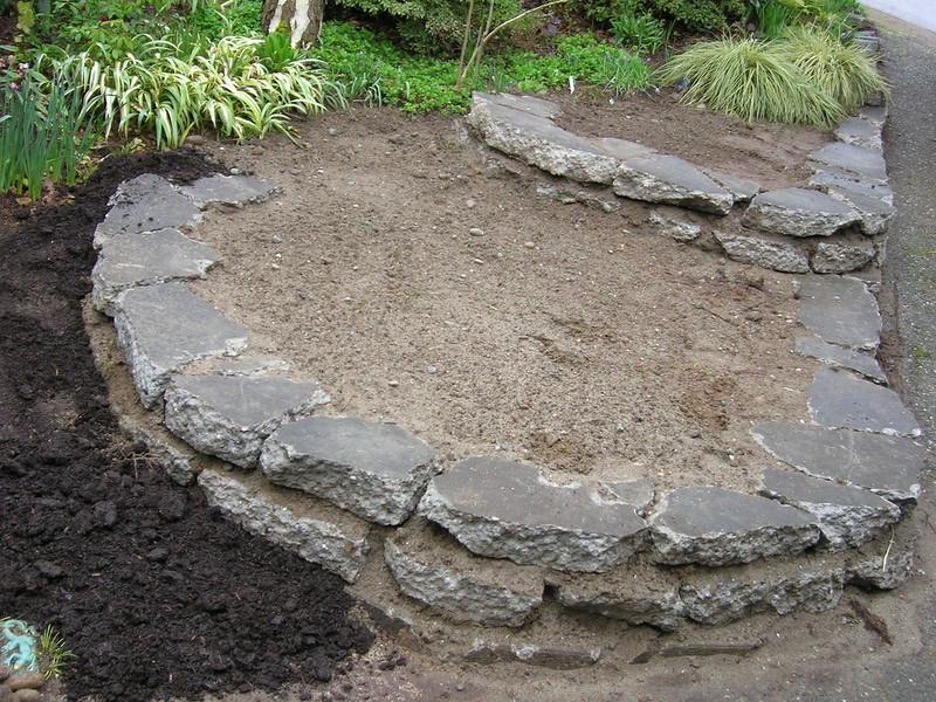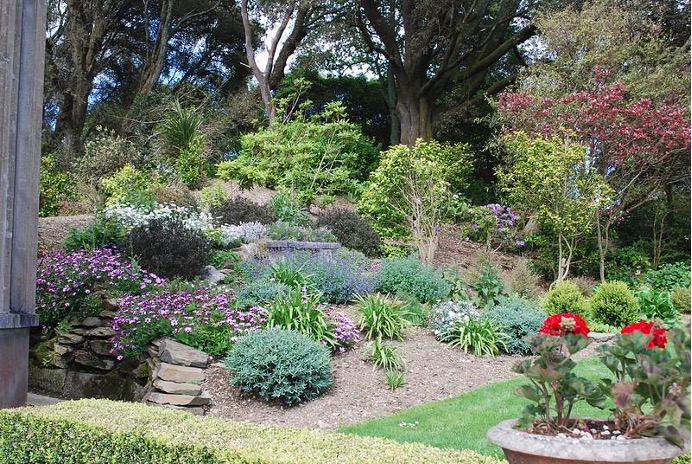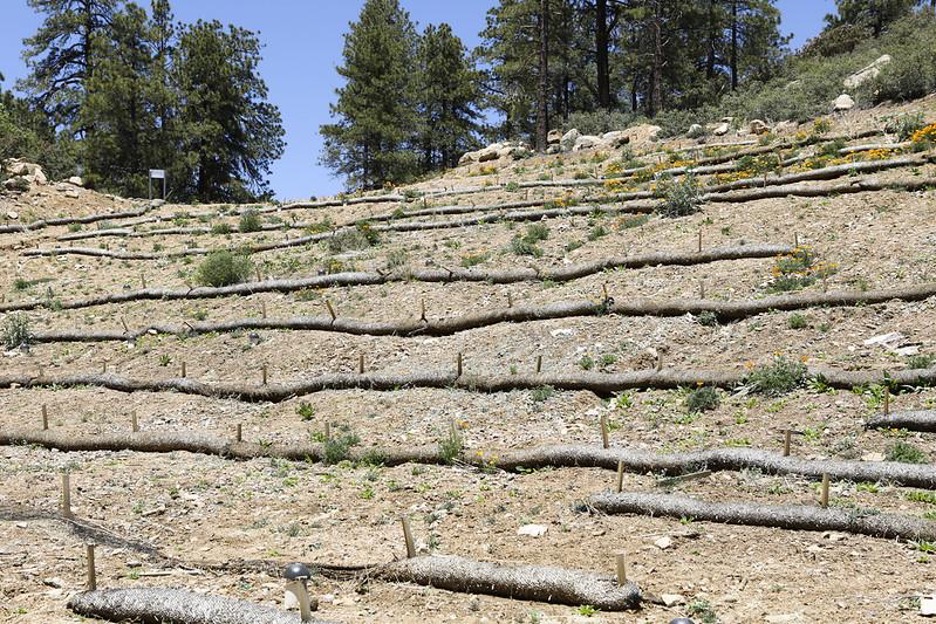Erosion Control for the Homeowner
go.ncsu.edu/readext?1017192
en Español / em Português
El inglés es el idioma de control de esta página. En la medida en que haya algún conflicto entre la traducción al inglés y la traducción, el inglés prevalece.
Al hacer clic en el enlace de traducción se activa un servicio de traducción gratuito para convertir la página al español. Al igual que con cualquier traducción por Internet, la conversión no es sensible al contexto y puede que no traduzca el texto en su significado original. NC State Extension no garantiza la exactitud del texto traducido. Por favor, tenga en cuenta que algunas aplicaciones y/o servicios pueden no funcionar como se espera cuando se traducen.
Português
Inglês é o idioma de controle desta página. Na medida que haja algum conflito entre o texto original em Inglês e a tradução, o Inglês prevalece.
Ao clicar no link de tradução, um serviço gratuito de tradução será ativado para converter a página para o Português. Como em qualquer tradução pela internet, a conversão não é sensivel ao contexto e pode não ocorrer a tradução para o significado orginal. O serviço de Extensão da Carolina do Norte (NC State Extension) não garante a exatidão do texto traduzido. Por favor, observe que algumas funções ou serviços podem não funcionar como esperado após a tradução.
English
English is the controlling language of this page. To the extent there is any conflict between the English text and the translation, English controls.
Clicking on the translation link activates a free translation service to convert the page to Spanish. As with any Internet translation, the conversion is not context-sensitive and may not translate the text to its original meaning. NC State Extension does not guarantee the accuracy of the translated text. Please note that some applications and/or services may not function as expected when translated.
Collapse ▲Living here in Burke County is truly a blessing with views of the Blue Ridge Mountains at almost every viewpoint. While some enjoy a fairly flat landscape, some struggle with steeper slopes and hillsides. This can be tricky to maintain when soils and root systems are disturbed either from development or natural runoff over time. Thankfully we can always remediate erosion with native trees, shrubs, grass, and herbal plantings. Invasive species can cause more headache long term and should be avoided. Firstly you want to determine the steepness of your slope and decide if you need it to be sloped at a more forgiving angle or you can design a terraced garden along your hillside to help your plants establish in a more level environment. Anything with a slope at an angle of more than 12% is considered vulnerable to erosion. The greater the angle, the increased velocity of runoff to occur.
How to Terrace Your Garden
Terracing your garden can be a unique and appealing design choice for your hillside. It can be a lot of work upfront but pays off for long term slope stability and “curb appeal”. For the hills of western NC it can be used to build a garden staircase so to speak. Terrace gardening really gives you a chance to utilize your otherwise unusable slopes. Try implementing a path or stairway not only to easier maintain this space, but to give a functional use of this space. The goal is to build up a “step” along your slope to create a flat area to create your garden. The steps will slow down the rate of erosion and provide an attractive visual.

Fig1. Using big stones or boulders gives a more natural look to a hillside garden.

Fig. 2 Variety and diversity is key for your terrace garden.
Slowing Down the Water
There are best management practices that can be utilized to slow down the rate of runoff on your property. The best way to stabilize soils is the natural way, with strong roots! Planting native species that have been thriving in our area on their own just makes sense. Like with any garden, planning must be done and thought must be put into the design. Determining where to place your plants saves you in the long run when it comes to putting together your garden.

Fig 3. Use of Wattles(straw bags) to hold and slow down water as it rushes down the slope.
What to Plant?
There are multiple places to source your seed and every seed store has its own mixes that you can choose from such as erosion control to wildlife habitat and more. However, don’t be afraid to shop around and find what works for you. If you are looking for specific plants that you pick out yourself, then transplanting your erosion garden will be the way to go. Although this may be more costly as you’re buying plants that have been carefully cultivated and matured by professional growers.
Draw it Out
Don’t be afraid to play around with your garden and sketch out your design first. It’s much easier to mess up on paper than it is to repair the landscape. Measure out the space you’re wanting to plant in so you know how much space you have to work with. Perform a site survey and determine the environmental factors that make up your property. Determine the use of your erosion garden. Are you going to use it as a nice seating area or just for a pleasant visual? The focus of this garden is to stabilize soils, but you do not have to miss out on a beautiful design. Local nurseries and greenhouses offer landscape and design classes/services and can be a great way to gather information on what you want to plant and design your erosion control garden. Reach out to us at Extension and we can walk you through the steps of designing your landscape and provide the resources you need to successfully stabilize your slope.
Assemble your garden
Designing your landscape can be daunting, but it’s not impossible once you get started. Planting on a hillside is not an easy task, make sure you have good strong footholds and work safely. There will most likely be some compaction on the slope, so the ground will be hard. Utilizing drills with auger attachments can be a great way to quicken your planting. It’s important to think about your vertical and horizontal placing and imagine the maturity of the plant. Refer to the NC State Extension Master GardenerSM Plant Tool Box for recommendations on plant spacing and mature size.

Image by Rob Brown from Pixabay




